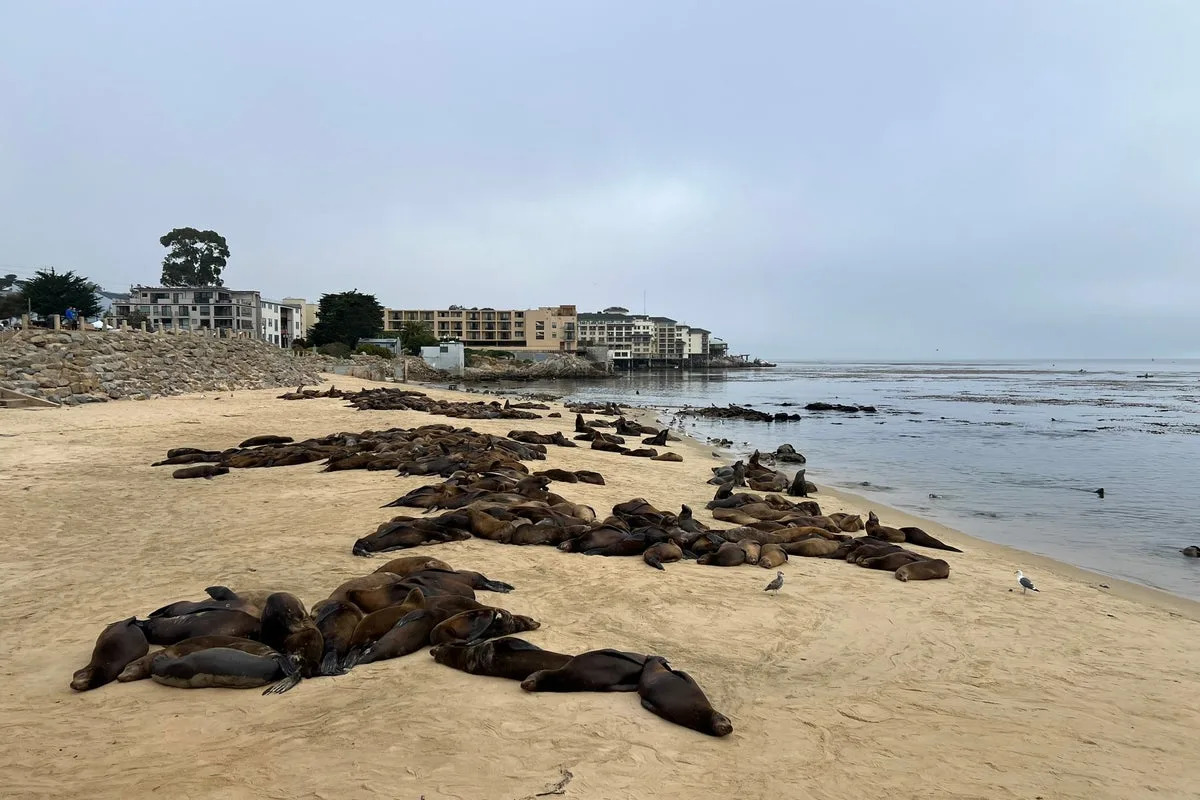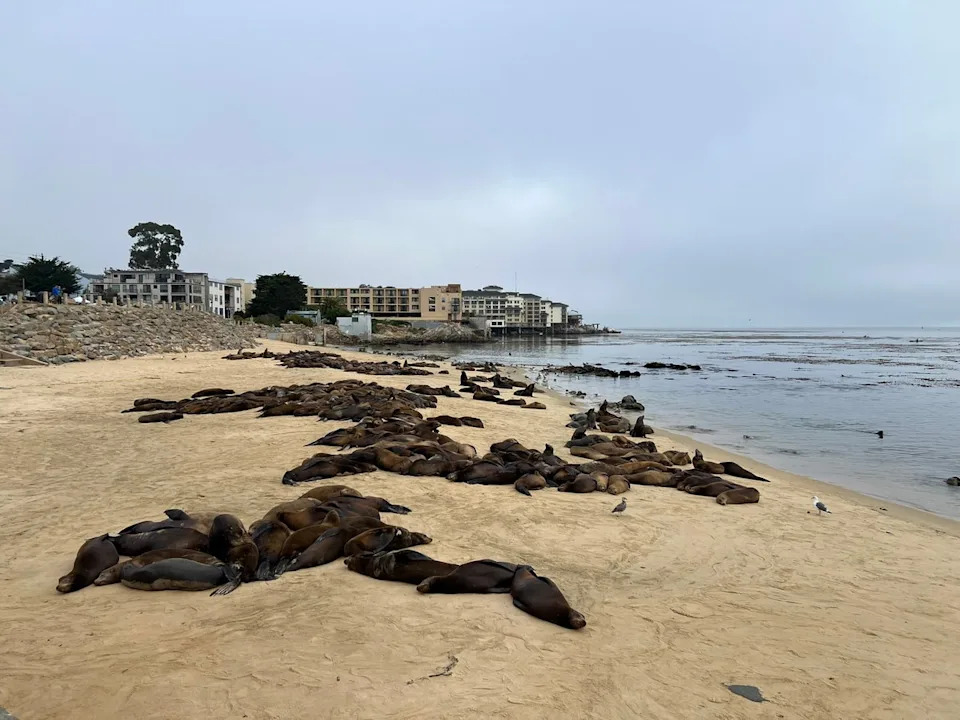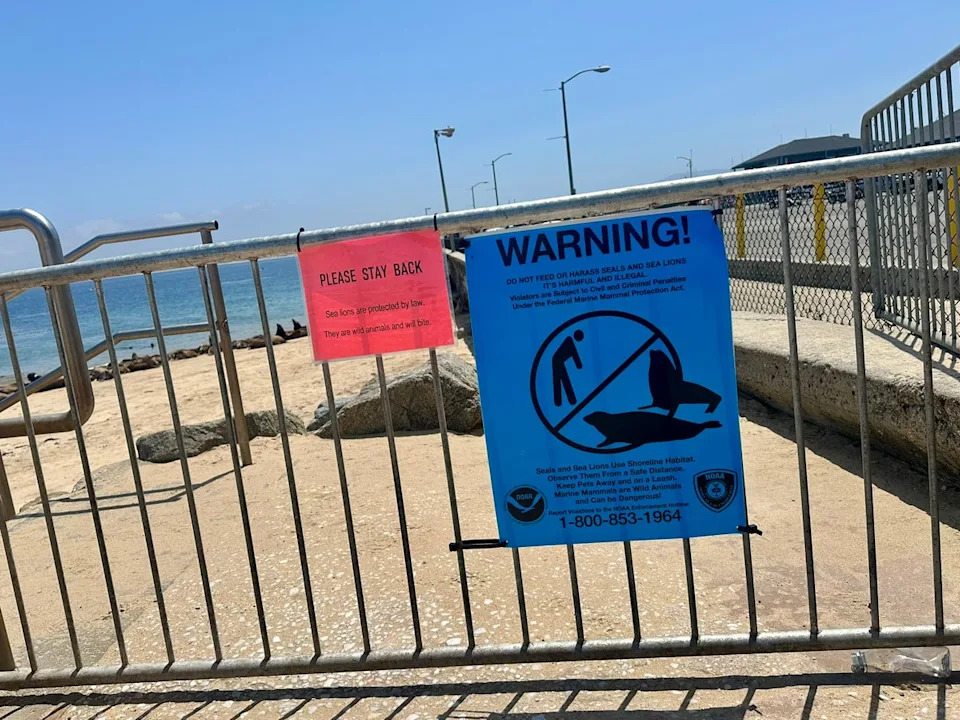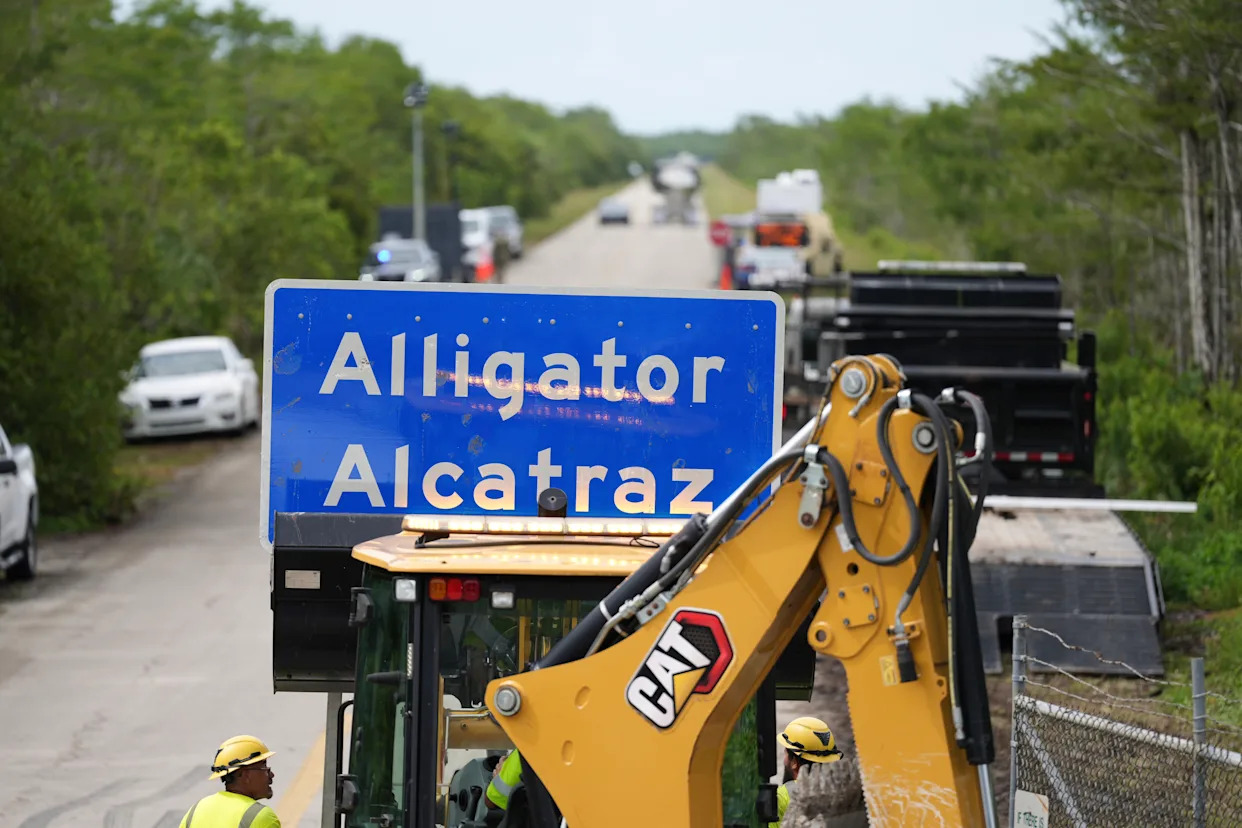
These ocean mammals are flipping out over a popular California beach in such large numbers that a city on the Pacific has been forced to close it to visitors.
San Carlos Beach in Monterey, California, told visitors to temporarily stay away on Thursday after it was overtaken by a colony of sea lions.
The City of Monterey shared a photo of the animals on social media, alerting the public that Parks and Recreation staff are actively monitoring the situation at San Carlos Beach as well as Sister City Park, located along the popular Recreation Trail between Fisherman’s Wharf and Cannery Row.
The city is working closely with the Monterey Bay National Marine Sanctuary and other community partners to track the activity of the animals and provide updates on access to both locations.
Officials are reminding the public to keep a safe distance of at least 50 yards, or half the length of a football field, from the sea lions while enjoying the coastline.

“We want residents and visitors to be safe while visiting the coastline,” the city said in a statement.
The notice also states that marine mammals, including sea lions, are protected under the Marine Mammal Protection Act. Harassing, feeding, capturing, or killing these animals is against federal law and could result in fines or jail time.
San Carlos Beach was also closed on June 4 due to the sea lions. City leaders are encouraging the community to enjoy the sight of the sea lions responsibly, while remembering that humans share the shoreline with other species.
Based on reports from local news outlets, the sea lion situation at the beach has been an annual event in recent years. Last year, about 20 sea lions appeared at San Carlos Beach. About a week later, there were hundreds, KSBW reported.

The Marine Mammal Center told the outlet at the time that this is normal behavior for sea lions and there was no cause for concern. However, locals noted that they usually congregated at the nearby Monterey’s Old Fisherman’s Wharf.
The Independent has contacted the City of Monterey and the Marine Mammal Center for comment.







Comments